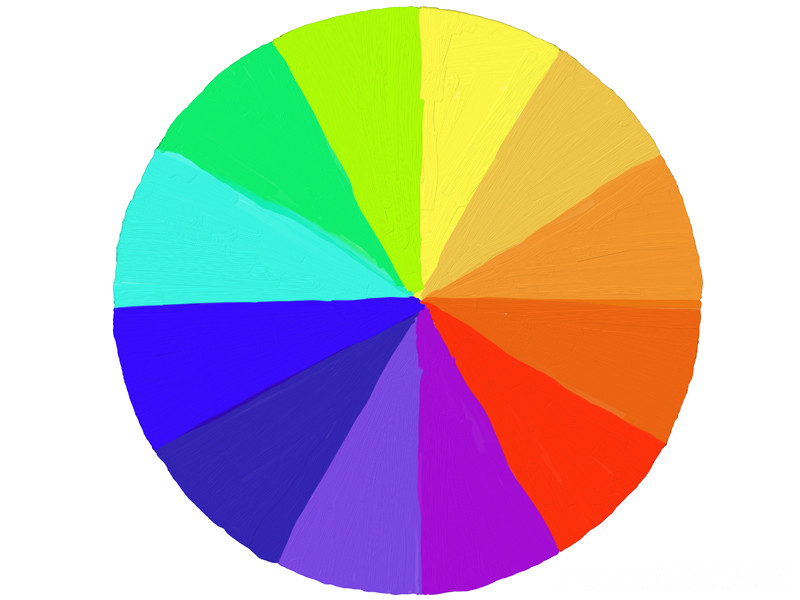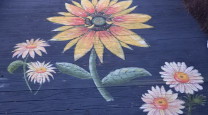
How does the colour wheel work?
30 Mar 2015
How you use colour needn’t be a mystery. Understanding how colour works will help you use it more effectively, and have confidence and fun.
The colour wheel helps to understand the relationships between colours. It will give you some foundational knowledge to begin designing beautiful colour schemes like a pro.
Primary colours are the basic bold colours of red, blue and yellow. They are pure, not blended, colours.
Secondary colours are the colours created by blending the primary colours, eg orange is a mix of red and yellow, purple/violet is a mix of blue and red, and green is a mix of blue and yellow.
Tertiary colours are created by mixing a primary colour and a secondary colour. For example, yellow and green will make a lime/apple colour.
Click here for visual examples
Black and white are not colours but tints, used to darken (add black) or lighten (add white) other colours. Most colours will just become darker or lighter versions of themselves when mixed with black or white, the exception being red, which becomes pink in its lighter form.
Cool colours such as blue, green and grey are tranquil, relaxing and peaceful.
The level of coolness will depend on the intensity of the colours and how much of a warm colour is mixed in. For example, the more red you add to blue, the closer it gets to purple and aubergine, and therefore the warmer it becomes. Likewise, if you add yellow to green to make chartreuse, it will turn from cool to warm.
Cool colours can be used to change the appearance of a room, pushing back walls and furnishings and making the room look bigger. Cool colours look great in sunny, north-facing rooms where they counteract some of the strength of the direct sun.
Warm colours, such as red, orange and yellow wake you up and are full of energy. They can make a large room appear cosier and are great for warming up shady, south-facing room.
They are a traditional favourite for dining rooms, to stimulate conversation and appetite.
The properties of colour:
Hue: Hue is pure colour – any primary, secondary or tertiary colour that is unmixed with black or white.
Intensity: This is the brightness or dullness of colours. Less intense colours (blue) have a calmer effect and are easier to live with than more intense colours (red). Intense colours are often used as highlights and contrast.
Light reflectance value: This is the degree of lightness or darkness of a tint, shade or tone. White has the highest light reflectance value and black the lowest. The reflectance value of Resene paints is noted on the reverse of the colour charts as an LRV %.
Shade: A shade is the pure colour (hue) with black added.
Tint: A tint is the pure colour (hue) with white added.
Tone: This is pure colour (hue) with grey added.
Think of colour as a chameleon:
-It changes depending on which accent colours you use.
-It is influenced by adjacent colours.
-White or beige colours will take on the tint of adjacent hues.
-Large areas of colour will look more intense.
Top tip
Use a grey paint colour viewfinder (get one free from your Resene ColorShop) to isolate colour on the paint chart you are viewing. If you look at all the colours together the colours will affect one another and you won’t get a true feeling of each individual colour.
Read more: colour schemes that work; the 6-step colour scheme; the psychology of colour
Published: 30 Mar 2015




